Related Research Articles
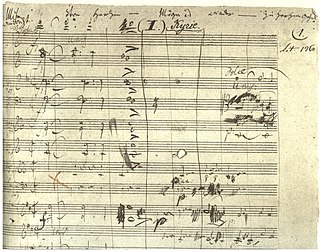
The Missa solemnis in D major, Op. 123, is a Solemn Mass composed by Ludwig van Beethoven from 1819 to 1823. It was first performed on 7 April 1824 in Saint Petersburg, Russia, under the auspices of Beethoven's patron Prince Nikolai Golitsyn; an incomplete performance was given in Vienna on 7 May 1824, when the Kyrie, Credo, and Agnus Dei were conducted by the composer. It is generally considered one of the composer's supreme achievements and, along with Bach's Mass in B minor, one of the most significant Mass settings of the common practice period.

The Requiem in D minor, K. 626, is a Requiem Mass by Wolfgang Amadeus Mozart (1756–1791). Mozart composed part of the Requiem in Vienna in late 1791, but it was unfinished at his death on 5 December the same year. A completed version dated 1792 by Franz Xaver Süssmayr was delivered to Count Franz von Walsegg, who had commissioned the piece for a requiem service on 14 February 1792 to commemorate the first anniversary of the death of his wife Anna at the age of 20 on 14 February 1791.

Great Mass in C minor, K. 427/417a, is the common name of the musical setting of the mass by Wolfgang Amadeus Mozart, which is considered one of his greatest works. He composed it in Vienna in 1782 and 1783, after his marriage, when he moved to Vienna from Salzburg. The large-scale work, a missa solemnis, is scored for two soprano soloists, a tenor and a bass, double chorus and large orchestra. It remained unfinished, missing large portions of the Credo and the complete Agnus Dei.
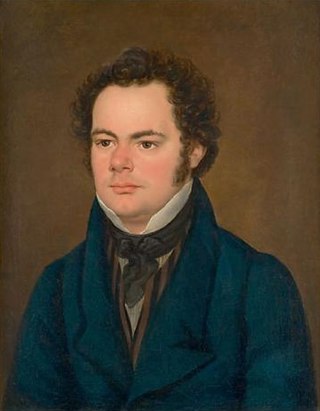
Mass No. 2 in G major, D 167, by Franz Schubert was composed in less than a week in early March 1815 and remains the best known of his three short settings, or missae breves, dating between his more elaborate No. 1 and No. 5. Apart from some passages for soprano, its solistic interventions are modest; Schubert, characteristically, inclines toward a devotional mood. The First Mass had been successfully performed in the composer's parish the year before.
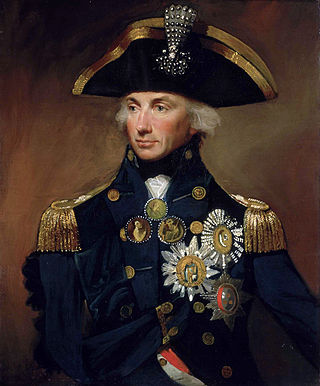
The Missa in angustiis, commonly known as the Nelson Mass, is a Mass setting by the Austrian composer Joseph Haydn. It is one of the six masses written near the end of his life that are seen as a culmination of Haydn's composition of liturgical music.
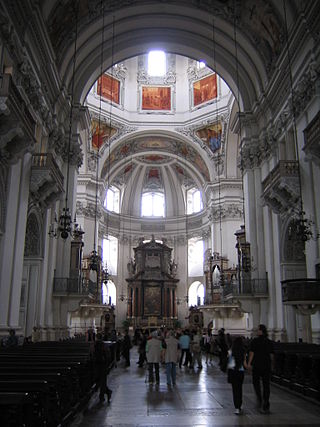
The Krönungsmesse, composed in 1779, is one of the most popular of Wolfgang Amadeus Mozart's 17 extant settings of the Ordinary of the Mass. While it is relatively short, Bruce C. Macintyre, writing in the Cambridge Mozart Encyclopedia, classifies it as a Missa Longa, on the basis of the festal character, size of the orchestra, which includes a substantial brass section, orchestral introductions for the movements and the setting of the intonations for the Gloria and Credo.

Missa brevis usually refers to a mass composition that is short because part of the text of the Mass ordinary that is usually set to music in a full mass is left out, or because its execution time is relatively short.

Gioachino Rossini's Petite messe solennelle was written in 1863, possibly at the request of Count Alexis Pillet-Will for his wife Louise, to whom it is dedicated. The composer, who had retired from composing operas more than 30 years before, described it as "the last of my péchés de vieillesse".

Michael McGlynn is an Irish composer, producer, director, and founder of the vocal ensemble Anúna.

Berliner Messe is a mass setting by Estonian composer Arvo Pärt. Commissioned for the 90th Katholikentag in Berlin in 1990, it was originally scored for SATB soloists and organ. It was first performed at St. Hedwig's Cathedral on 24 May 1990, the Feast of the Ascension, with Paul Hillier conducting the Theatre of Voices. Pärt later (1997) revised the piece for chorus and string orchestra. Pärt uses his tintinnabuli technique throughout, with movements taking many forms within that style—flowing from quietly reverent duets between parts to full chorus proclamations of faith.

The Missa Brevis in D, Op. 63, is a setting of the Latin mass completed by Benjamin Britten on Trinity Sunday, 1959. Set for three-part treble choir and organ, it was first performed at London's Roman Catholic Westminster Cathedral on 22 July of the same year. Britten composed the mass for George Malcolm's retirement as organist and choirmaster at Westminster: the printed dedication reads "For George Malcolm and the boys of Westminster Cathedral Choir". It remained Britten's only liturgical setting of the mass. Malcolm's live recording, from a service at the cathedral, lasts ten minutes.
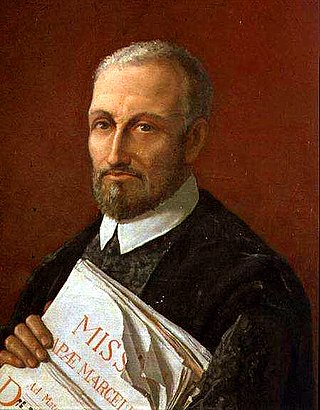
Missa Papae Marcelli, or Pope Marcellus Mass, is a mass sine nomine by Giovanni Pierluigi da Palestrina. It is his best-known mass, and is regarded as an archetypal example of the complex polyphony championed by Palestrina. It was sung at the papal coronation Masses.

The Missa Brevis by Leonard Bernstein is a musical setting of parts of the mass ordinary in Latin for a mixed a cappella choir with countertenor solo and percussion. It is also Bernstein's last complete choral work, due to his death a year after its completion in 1989.
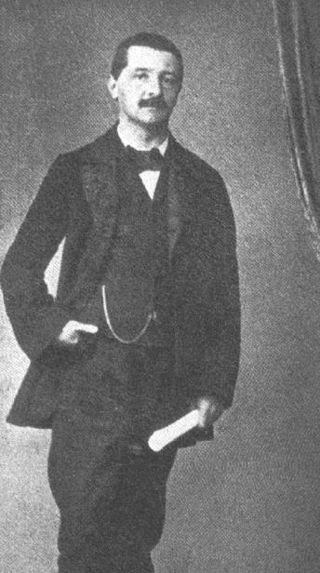
The Windhaager Messe, WAB 25, is a missa brevis composed by Anton Bruckner in 1842.
The Missa Brevis is a mass written by Giovanni Pierluigi da Palestrina first published in 1570 in Palestrina's Third Book of Masses and reprinted several times since. Its title may be misleading, as a missa brevis commonly refers to a short mass, which this is not. It is among the most performed of Palestrina's polyphonic repertoire.
Missa L'Homme armé is a part of an mass by Giovanni Pierluigi da Palestrina. It was published in 1570 and consists of four movements.
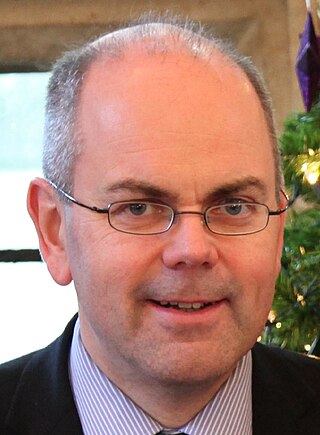
Messe in G is a mass in G major by the English composer Christopher Tambling. He composed it in 2013, scored for mixed choir and organ, optionally also with orchestra. The congregation is meant to participate, singing the theme of the Gloria as a refrain, and the theme of the Sanctus. The mass was first published in 2014.

The Missa brevis, Op. 102, is a Latin mass of short duration composed by Knut Nystedt in 1984. He scored it for a mixed choir a cappella. It was also published by Carus-Verlag in 2003.

Mozart Mass K. 139 is a 45-minute classical studio album on which Mozart's Waisenhaus-Messe is performed by Gundula Janowitz. Frederica von Stade, Wiesław Ochman, Kurt Moll, the Chorus of the Vienna State Opera and the Vienna Philharmonic Orchestra under the direction of Claudio Abbado. It was released in 1976.

Requiem is a setting of the Latin Mass for the dead for four soloists, mixed choir, orchestra and organ by Frank Martin. Composed in 1971 and 1972, it was premiered at Lausanne Cathedral on 4 May 1973, with the composer conducting the Orchestre de la Suisse Romande. It has been described as the composer's masterpiece.
References
- 1 2 Muhly, Nico (2005). Bright Mass with Canons: Program Note. Retrieved September 25, 2015.
- ↑ Kozinn, Allan (May 15, 2008). "Religious Canon for All Generations". The New York Times . Retrieved September 25, 2015.
- ↑ Muhly, Nico. "Bright Mass with Canons (2005)". Music Sales Group . Retrieved September 25, 2015.
- ↑ Kozinn, Allan (July 2, 2012). "On an Evening of Wilting Heat, the Soaring Harmonies of Sacred Works". The New York Times . Retrieved September 25, 2015.
- ↑ Swed, Mark (October 22, 2012). "Review: L.A. Master Chorale celebrates with 'Organ Extravaganza'". Los Angeles Times . Retrieved September 25, 2015.
- ↑ Moody, Ivan (December 2010). "Nico Muhly - (A) Good Understanding: A young composer whose engaging, colourful music is winning an audience". Gramophone . Retrieved September 25, 2015.